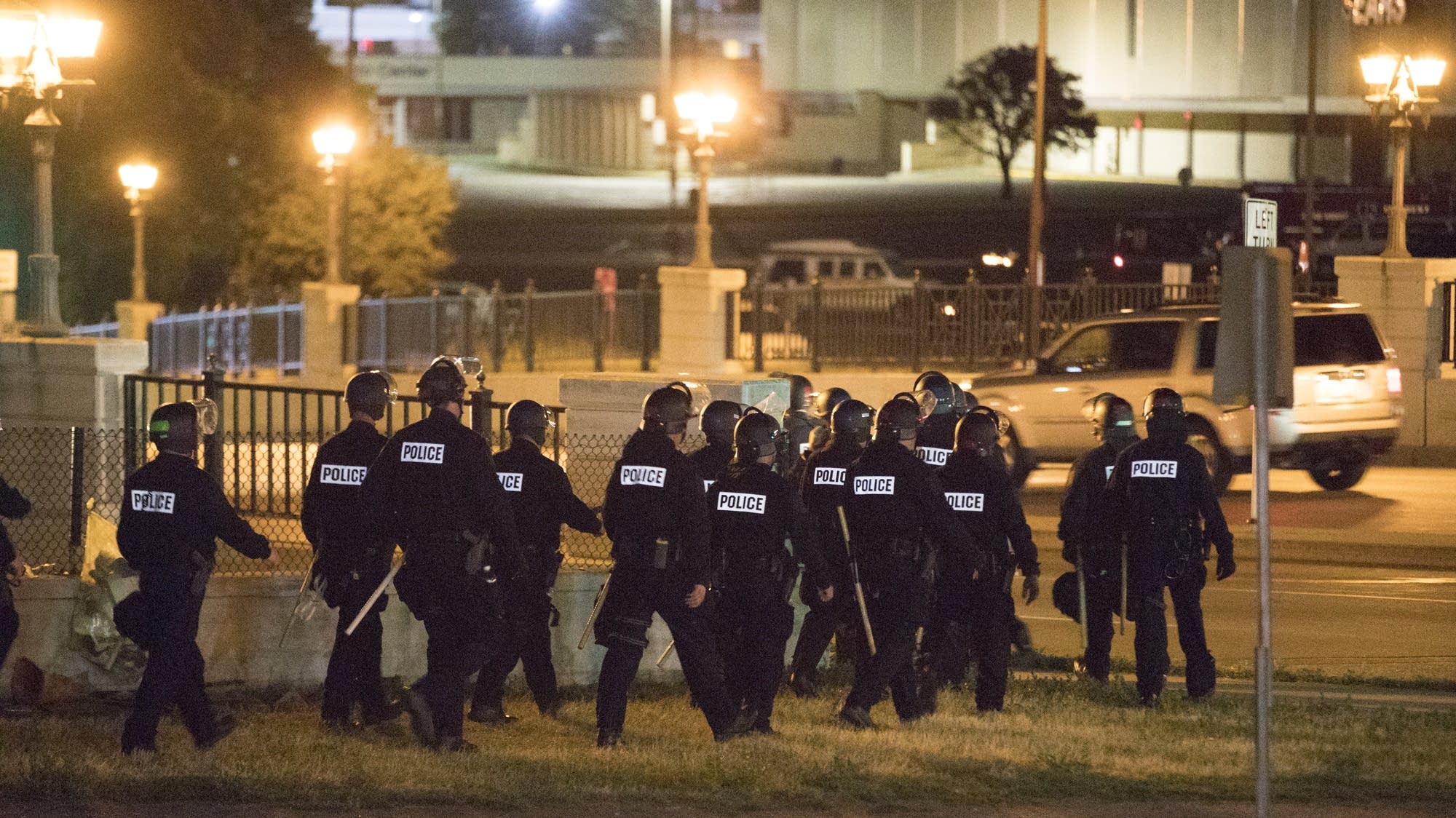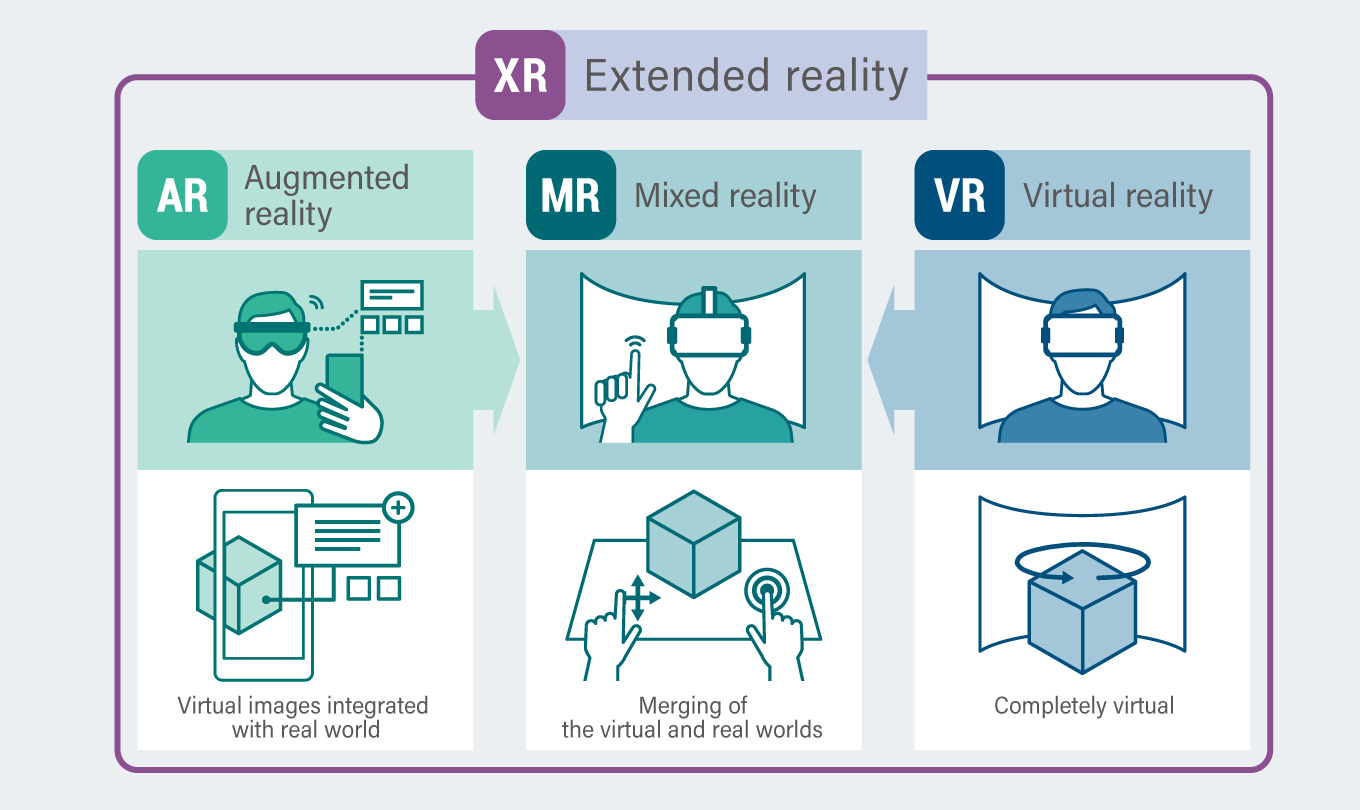Testing BYD's 5-Minute EV Fast Charging: Performance And Practicality

Table of Contents
Understanding BYD's 5-Minute Charging Technology
The Technology Behind the Speed
BYD's incredibly fast charging speed isn't magic; it relies on a combination of advancements in battery chemistry and charging infrastructure. Central to this is their innovative Blade Battery, a lithium iron phosphate (LFP) battery known for its high energy density, excellent safety, and inherent thermal stability. This inherent stability allows for much higher charging rates without compromising safety.
- Blade Battery Technology: The unique cell-to-pack design of the Blade Battery minimizes internal resistance, maximizing charging efficiency and speed. The flat, blade-like design also optimizes the battery pack's thermal management.
- Charging Infrastructure Requirements: Achieving a 5-minute charge necessitates a significant upgrade in charging infrastructure. This requires high-power charging stations capable of delivering extremely high voltage and amperage. Precise cooling systems are also critical to manage the heat generated during such rapid charging. The exact specifications are not publicly available in detail by BYD, but we know they are significantly higher than current DC fast-charging standards.
- Safety Features: BYD's Blade Battery's inherent safety characteristics are crucial for enabling such rapid charging. The LFP chemistry is inherently less prone to thermal runaway compared to other battery chemistries, reducing the risk associated with high-power charging.
Claims vs. Reality: Analyzing Official Data
BYD's official claims regarding charging times vary depending on the specific vehicle model and battery size. While they advertise a 5-minute charge capability under ideal conditions, independent verification of these claims remains limited. Further testing and data from independent sources are necessary to fully validate BYD's published performance figures.
- Advertised vs. Real-World Results: While BYD's promotional materials suggest a 5-minute charge, real-world tests may show longer charging times, depending on factors like battery temperature, initial state of charge (SOC), and ambient temperature. We need more transparency regarding the exact conditions under which the 5-minute charge is achievable.
- Limitations and Conditions: The 5-minute charging time is likely achieved under optimal conditions, such as a fully prepared battery at an ideal temperature. Variations in these conditions will inevitably impact charging time, lengthening the process in less-than-ideal scenarios.
Real-World Performance and Testing
Testing Methodology and Conditions
To accurately assess the performance of BYD's 5-minute charging, rigorous testing under various conditions is needed. These tests should include different vehicle models using BYD's Blade Battery technology, various ambient temperatures, and different states of charge.
- Tested EV Model: [Specific model of BYD EV needs to be inserted here, if testing data is available].
- Ambient Temperature: Testing should include a range of temperatures, from ideal to extreme conditions (e.g., both hot and cold climates).
- Charging Station Details: The precise specifications of the charging station used, including manufacturer, voltage, and amperage, should be transparently reported.
Results and Analysis
[Insert data visualization here, showing charging times at different temperatures, SOC levels, etc.]. The results of independent tests should be presented graphically to compare BYD's claims to actual charging times across various conditions. This section would be significantly enhanced with real-world test data.
Practicality and Challenges
Infrastructure Limitations
The biggest hurdle to the widespread adoption of 5-minute EV charging is the lack of sufficient charging infrastructure capable of delivering the necessary high power.
- Cost of Infrastructure Upgrades: Upgrading existing charging networks and building new high-power charging stations will require substantial investment, potentially costing billions of dollars worldwide.
- Geographical Limitations: Rolling out this infrastructure evenly across diverse geographical areas presents significant logistical challenges.
- Government Support: Significant government support and incentives will be crucial for driving investment in this next-generation charging infrastructure.
Battery Lifespan and Degradation
The intense stress on the battery during rapid charging could potentially impact its long-term lifespan and performance.
- Long-Term Battery Health: Repeated high-power charging may accelerate battery degradation, potentially reducing the overall lifespan of the battery pack.
- Mitigation Strategies: BYD will likely need to implement advanced battery management systems (BMS) and cooling techniques to mitigate the impact of rapid charging on battery health.
Cost Implications for Consumers
The advanced technology behind 5-minute charging may increase the cost of BYD EVs and their associated maintenance.
- Vehicle Cost: The advanced battery technology and charging systems might result in a higher initial purchase price compared to conventional EVs.
- Warranty Considerations: Longer warranties or specialized maintenance plans could be needed to address the potential increased wear and tear on the battery and charging system.
Conclusion
BYD's 5-minute EV fast charging technology holds immense potential to revolutionize the EV landscape. While the technology demonstrates impressive speed under ideal conditions, its widespread adoption faces significant hurdles, including the need for extensive infrastructure upgrades and potential long-term impacts on battery health and consumer costs. While the 5-minute claim requires further independent verification, the advancements in battery technology and charging infrastructure are undeniable. The future of EV rapid charging hinges on overcoming these challenges. Learn more about BYD's advancements in EV charging technology and the future implications of 5-minute EV charging solutions for the automotive industry and consumers by visiting BYD's official website and exploring related resources on the future of EV rapid charging.

Featured Posts
-
 Gop Budget Bill Renewed Push For Drug Middleman Reform
May 13, 2025
Gop Budget Bill Renewed Push For Drug Middleman Reform
May 13, 2025 -
 Doom The Dark Ages File Size And Review Details Announced
May 13, 2025
Doom The Dark Ages File Size And Review Details Announced
May 13, 2025 -
 Eva Longorias Unrecognizable Hair Makeover Before And After
May 13, 2025
Eva Longorias Unrecognizable Hair Makeover Before And After
May 13, 2025 -
 Competition Heats Up Analyzing The Leading Platforms In The Ai Driven Xr Market
May 13, 2025
Competition Heats Up Analyzing The Leading Platforms In The Ai Driven Xr Market
May 13, 2025 -
 Johansson Vs Open Ai The Debate Over Ai Voice Cloning And Copyright
May 13, 2025
Johansson Vs Open Ai The Debate Over Ai Voice Cloning And Copyright
May 13, 2025
